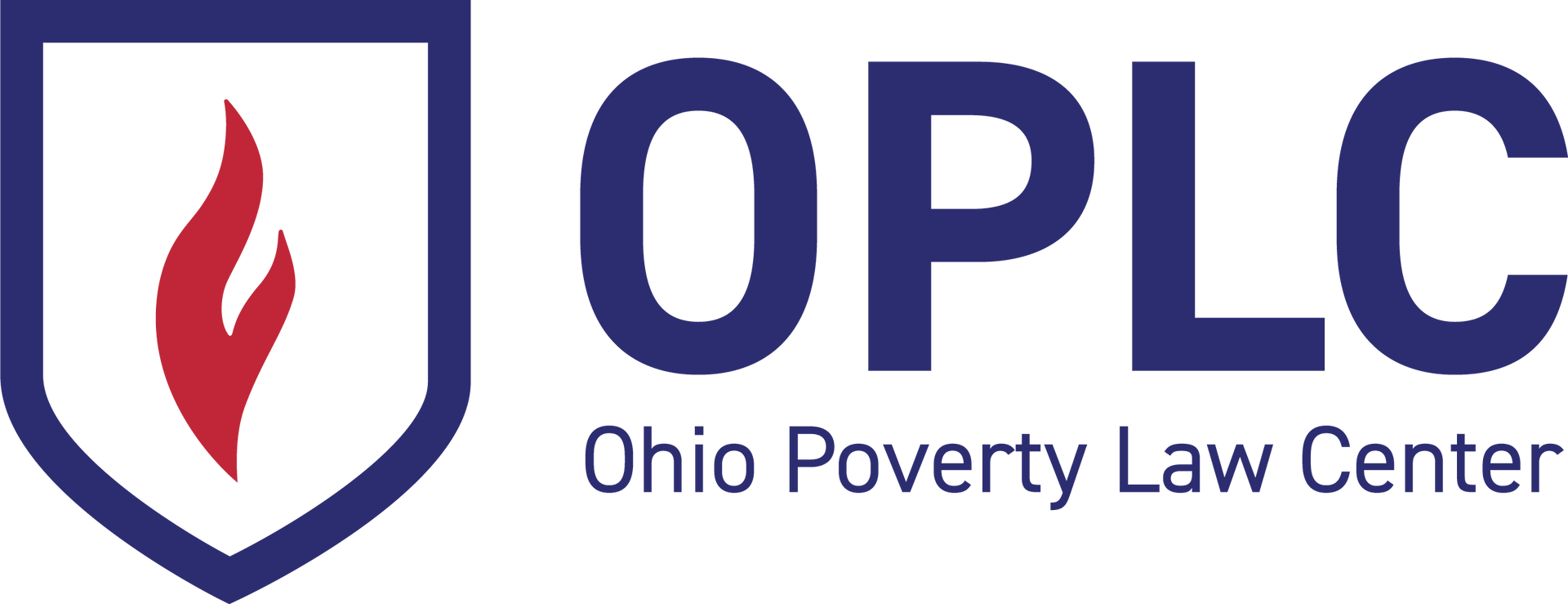SEPTMEBER 2023 NEWSLETTER
Join the Campaign to End Debt-Related Driver’s License Suspensions
The Ohio Poverty Law Center is working as part of a broad coalition to support legislation that would end debt-related driver’s license suspensions in the State of Ohio, and we need your help!
A person’s ability to pay a fine or a fee should not determine whether they are free to drive. But the Legal Aid Society of Cleveland’s Road to Nowhere Report found that in Ohio, approximately 60% of all driver’s license suspensions are based on a person’s failure to pay money owed to a court, the Ohio Bureau of Motor Vehicles (BMV), a private third party, or failure to appear in court.
The Road to Nowhere Report also found:
Ohio drivers face more than 3 million debt-related suspensions annually.
- Debt-related suspensions substantially burden Ohio communities with an average outstanding total debt each year of over $920 million.
- Debt-related suspensions happen across Ohio but at a higher rate in urban areas.
- Debt-related suspensions cost residents of Ohio’s highest-poverty zip codes an average of $7.9 million each year.
- Debt-related suspensions cost residents of Ohio’s zip codes with the highest percentages of people of color an average of $12 million each year.
More than 20 states have passed reforms to eliminate or significantly reduce debt-related driver’s license suspensions based on fines and fees. Unfortunately, Ohio is not yet one of these states. The Ohio Poverty Law Center is partnering with the Fines and Fees Justice Center and the Free to Drive Campaign, and national, state, and local stakeholders, to ask the Ohio Legislature to end debt-related suspensions in the state.
Housing in Short Supply
Housing is a basic human need, and it plays a critical role in shaping the quality of life for individuals, families, and communities. In our last newsletter, we included data from the Ohio Housing Finance Agency’s (OHFA) needs assessment showing that Ohio does not have enough housing and the gap between supply and demand is increasing.
As federal COVID relief funds for housing are coming to an end, two agencies issued reports on the impact of mortgage and rental assistance.
OHFA administered the Save the Dream program which included mortgage and utility assistance. OHFA provided more than $197 million in assistance and helped nearly 29,000 Ohio households avoid foreclosure and/or utility shut offs. To date, more than $164 million has been used for mortgage assistance, approximately $82 million for delinquent mortgage payments, and $82 million for future mortgage payments. Going forward, OHFA is only accepting applications for assistance with delinquent mortgage payments subject to available funds. To date, the Utility Assistance Plus program—which helps homeowners pay utility bills, non-escrowed property taxes, and other qualified housing costs—has helped more than 11,000 homeowners, totaling more than $33 million in assistance.
The Ohio Association of Community Action Agencies released a report last week on the impact of emergency rental assistance. The state's network of 47 community action agencies were tasked with distributing $660 million from multiple funding sources to prevent the eviction of low-income people. The report indicates that the $660 million investment of federal emergency rental assistance yielded at least a $3 billion return on investment in Ohio—having positive benefits for renters, landlords, and taxpayers. Survey results show that rental assistance prevented homelessness, allowed families to spend money on food and gas, and stabilized families.
As these programs wind down, housing issues are the focus of a new Ohio Senate committee. The Senate Select Committee on Housing was recently formed to determine the steps the state should take to encourage homeownership. Although the focus is on homeownership, presenters at the first hearing discussed a number of challenges for renters and homeowners due to supply, slow development, and rising rent and housing costs.
The members of the Senate Committee include:
- Michelle Reynolds (R-Canal Winchester), Chair
- Terry Johnson (R-McDermott), Vice-Chair
- Louis W. Blessing (R-Colerain Township)
- Andrew Brenner (R-Delaware)
- Hearcel Craig (D-Columbus)
The Committee will continue to have hearings in Columbus and plans on traveling to hear housing challenges from different communities across the state.

